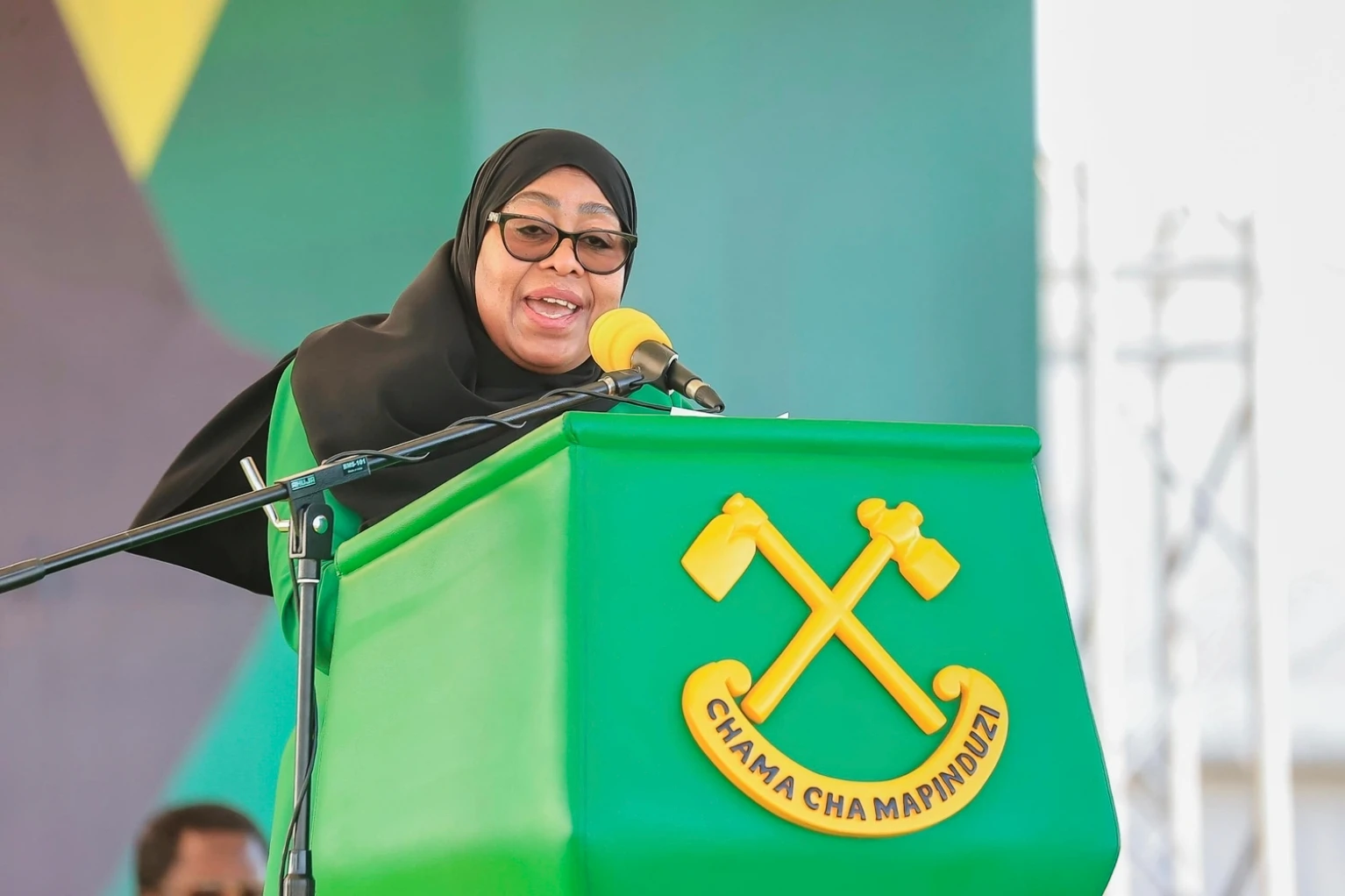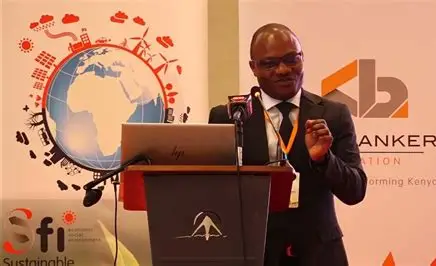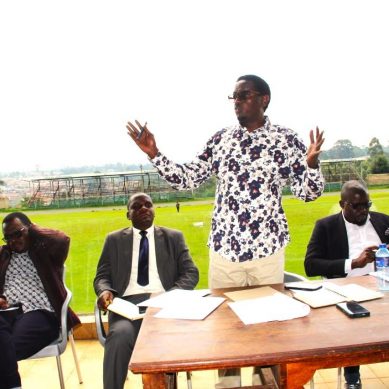
Fano movement, which consists of the Amhara fighters, grew out of the mass protests of 2016-2018 against the former Ethiopia federal government led by the Tigray People’s Liberation Front (TPLF).
Many of Fano’s current leaders – mostly young professionals – were detained during the unrest and later released by Ethiopia’s current prime minister, Abiy Ahmed, who came to power in April 2018.
Fano volunteers, along with Amhara regional paramilitary special forces, fought alongside the federal government during the Tigray war in 2020 against the TPLF. The conflict allowed Fano to expand – attracting new members and improving their military capabilities.
Fano’s focus was on western and southern Tigray, two disputed territories. Under Ethiopia’s current territorial arrangement they are part of Tigray, but are also claimed by the Amhara, who call them Welkait and Raya.
Fano ethnically cleansed both areas during the two-year war, their extreme violence forcing hundreds of thousands of Tigrayans to flee.
Asres, however, distanced himself from those actions. “We were not organised as a group then,” he said. “You cannot put the responsibility of that on the current Fano organisation.”
A peace agreement reached in Pretoria in 2022 between the government and the TPLF ended the fighting, but Amhara forces did not sign. The deal is vague on the future of the disputed regions, which is currently governed as a new zone of the Amhara region. That they could be returned to Tigray as part of a future settlement is anathema for many in Amhara.
After Pretoria, the distrust deepened. In 2023, the federal government called for the disbandment of all regional special forces and their absorption into the ENDF. Many Amhara believed the edict would leave them defenceless against what they viewed as security threats from the rival regions of Tigray and Oromia. A sizable number of former special forces left for the bush where they joined Fano.
Amhara anger with the government in Addis Ababa escalated into confrontation between Fano and regional forces. By July, major cities were under attack and the regional government requested federal help. The ENDF restored order the next month, but there were many civilian casualties in the process.
Fano has since grown into a more effective guerrilla force. Between July and September, attacks on the ENDF tripled compared to the previous year – despite Addis Ababa drafting in fresh troops and equipment.
According to Fano, they control over 80 per cent of Amhara, with the government only holding the main towns, and most of the highways. Government troops have also defected – or surrendered – in significant numbers. At least 30 per cent of the Fano soldiers that were interviewed were former ENDF or Amhara regional forces.
“They say they’ve deployed 30,000 additional soldiers, but we’ve seen no difference,” said Asres. His regret, he noted, is the drone strikes: “We take responsibility for failing to protect our people during these attacks.”
The regional government’s call for help from Addis Ababa has increased Fano’s legitimacy as the “people’s protector”, said Amanuel Gedebo, an Ethiopian analyst with the Dutch think-tank Clingendael.
“[They] are seen as the ones who brought in the army to fight Fano,” said Gedebo. “So they are seen as playing second fiddle to the federal government, and being complicit in the human rights violations.”
There is much talk in Amhara of “genocide” – a reference, in particular, to the ethnic killings in the neighbouring Oromia region and the border area of Benishangul-Gumuz, where minority Amhara communities have been targeted.
Other ethnic groups in Ethiopia do not recognise the image of the Amhara as being marginalised under the current federal constitution. Joe Siegle, at the Washington-based Africa Centre for Strategic Studies, says many communities in Ethiopia push a narrative of being disadvantaged as a way of politicising ethnicity.
“Our aim is for a paradigm shift. This country needs a constitution that will take the country beyond hate politics. A constitution without any ethnic dimensions to it.”
“Ultimately, this is about regional leaders who refuse to relinquish power,” he said. “Abiy wants to centralise power, which would mean disbanding regional forces, but they refuse to put down their arms and join the national army.”
Ethnic violence against the Amhara has occurred in border areas – usually over land – but Siegle sees the genocide tag as a way for Fano to legitimise its actions. “Ethiopia’s ethnic federal system only fuels these narratives,” he added.
Both Abiy and Fano are calling for a new constitution. But in Abiy’s case, his critics say the goal is to take power from the regions and concentrate it in Addis Ababa. In Amhara, the prime minister is considered an Oromo nationalist due to his part Oromo heritage.
Although all Fano groups agree that the constitution needs to change, there are differences over what that would ultimately look like. “We can only decide on a new constitution together with other ethnic groups,” said Asres.
“Our aim is for a paradigm shift,” said Eskinder Nega, who heads the Amhara Fano People’s Organisation. “This country needs a constitution that will take the country beyond hate politics. A constitution without any ethnic dimensions to it.”
At the moment, that can only be achieved through armed struggle. “We will not stop until Abiy’s government is gone and the constitution is changed,” said Asres. “If necessary, we will march on Addis Ababa.”
But despite the war talk, there have seemingly been some small steps towards dialogue. Although Abiy in the past has said Fano is too disorganised to negotiate with, discussions are reportedly under way with some of the militia groups – even though most Fano leaders deny this and regard the government as untrustworthy.
Asres was one of the few commanders open to negotiations, but only after Fano was fully in control of Amhara. “Once we take over the regional government, and something changes in the federal arrangement through negotiation or reconciliation, that could be the end of the war,” he said.
- A Tell report / Republished with permission of The New Humanitarian








